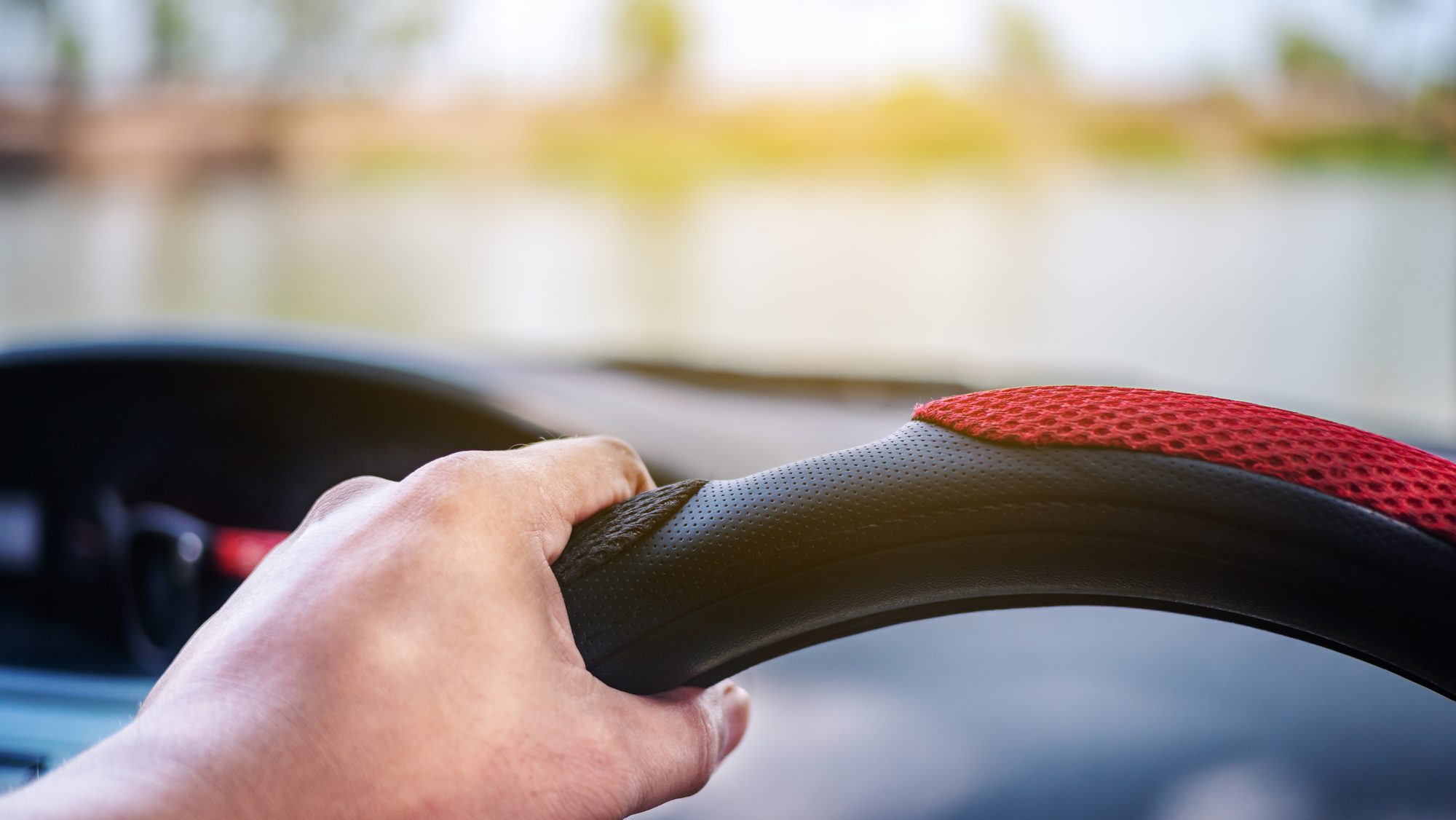SINGAPORE: In a move aimed at managing vehicle growth and addressing traffic congestion, the Land Transport Authority (LTA) has announced that starting February next year, the total quota of Certificates of Entitlement (COEs) available for bidding will be gradually increased to a maximum of approximately 20,000 over the coming years.
This decision comes in response to recent trends in vehicle usage and advancements in the functionality of the new generation of the Electronic Road Pricing system, known as ERP2.0.
The LTA’s announcement parallels historical practices, specifically referencing the addition of 10,500 COE quotas beyond the permitted vehicle growth rate (VGR) between 1997 and 2003.
While trucks and buses (Group C) will continue to see a growth rate, other vehicle groups have remained stagnant since 2018, maintaining a zero growth rate.
A key driver behind this decision is the shift in travel patterns influenced by flexible work arrangements that emerged during the COVID-19 pandemic.
According to LTA data, total vehicle mileage has decreased by approximately 6% from 2019 to 2023, indicating a shift in commuting behaviour among the populace.
Another contributing factor to the vehicle growth strategy is the enhanced accessibility of public transportation.
The recent expansions of the MRT network, which has increased by 18% from 228 kilometres in 2019 to around 270 kilometres today, have further improved public transport options for residents.
Upcoming projects, including the expansion of the North East Line, Thomson-Eastern Line, Downtown Line, and Circle Line, as well as the introduction of the new Jurong Region Line, are expected to bolster these improvements.
With the introduction of ERP2.0, traffic management will also benefit from the utilization of Global Navigation Satellite System (GNSS) technology.
This new system will allow for more effective congestion management through the implementation of ‘virtual gates,’ facilitating a more flexible and responsive approach to traffic control.
ERP2.0 also paves the way for potential distance-based pricing options, providing an additional tool for regulating vehicle usage and alleviating road congestion.
Despite the increase in COE quotas, the LTA emphasized its commitment to a long-term vision of reducing car usage and promoting a “car-lite” lifestyle.
From Feb 1, 2025, to Jan 31, 2028, the annual growth rates for small and medium-sized cars (Group A), large and luxury cars (Group B), and motorcycles (Group D) will remain at zero, while trucks and buses (Group C) will maintain a growth rate of 0.25%.
The LTA stated that it will continue to monitor traffic conditions and adjust electronic highway toll collection systems as necessary.
As ERP2.0 generates more data and additional tools are implemented, further calibration of vehicle quotas, including the potential introduction of distance-based charging, will be considered.
Featured image by Depositphotos (for illustration purposes only)

